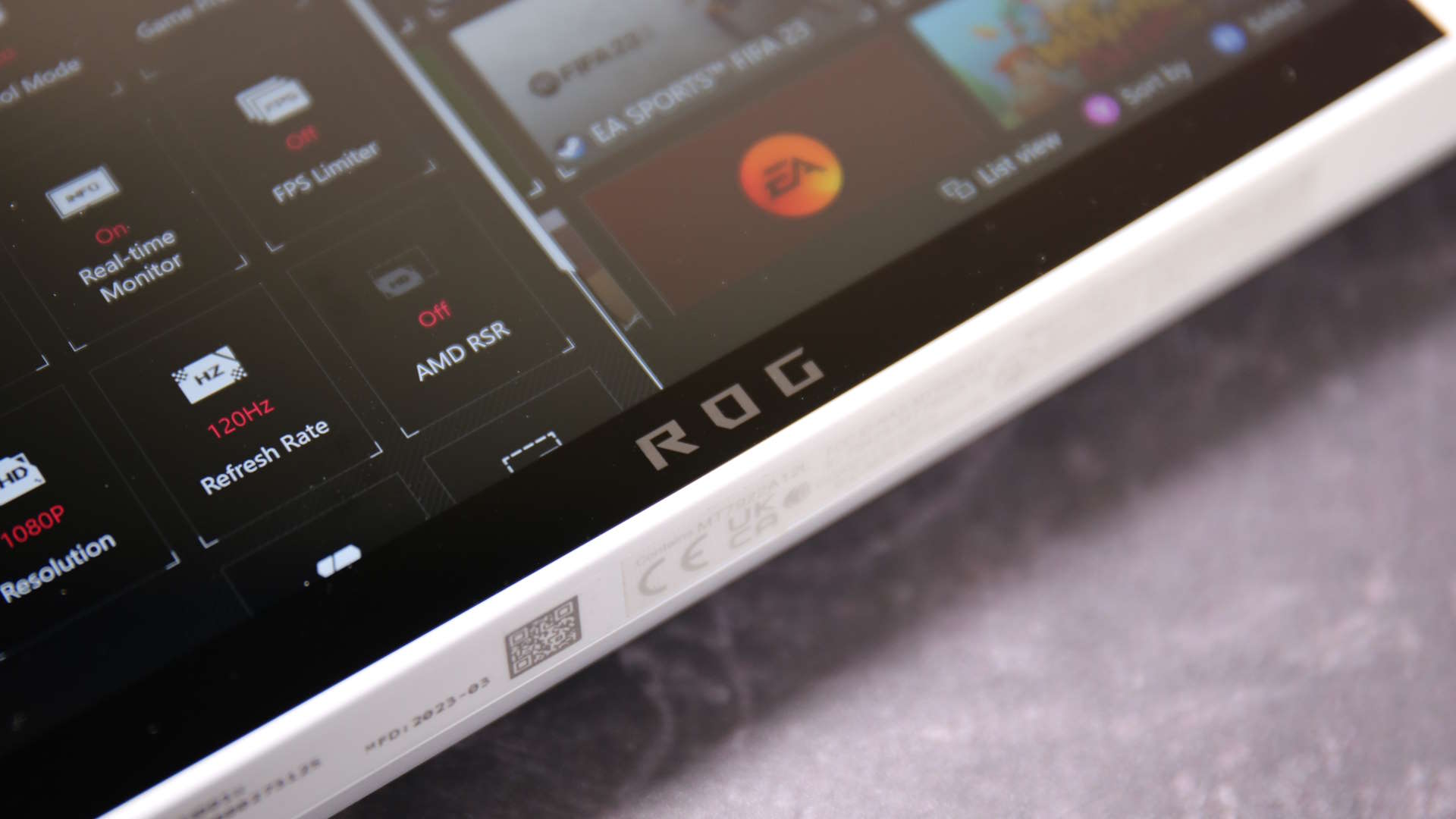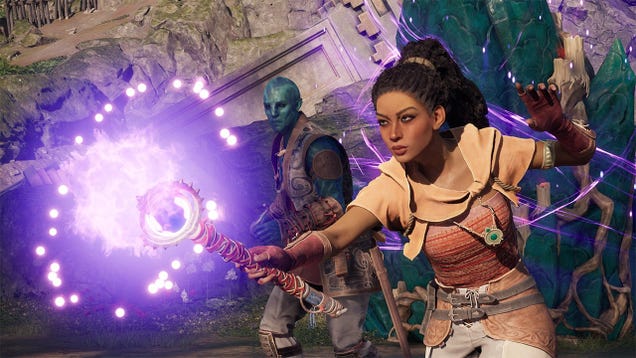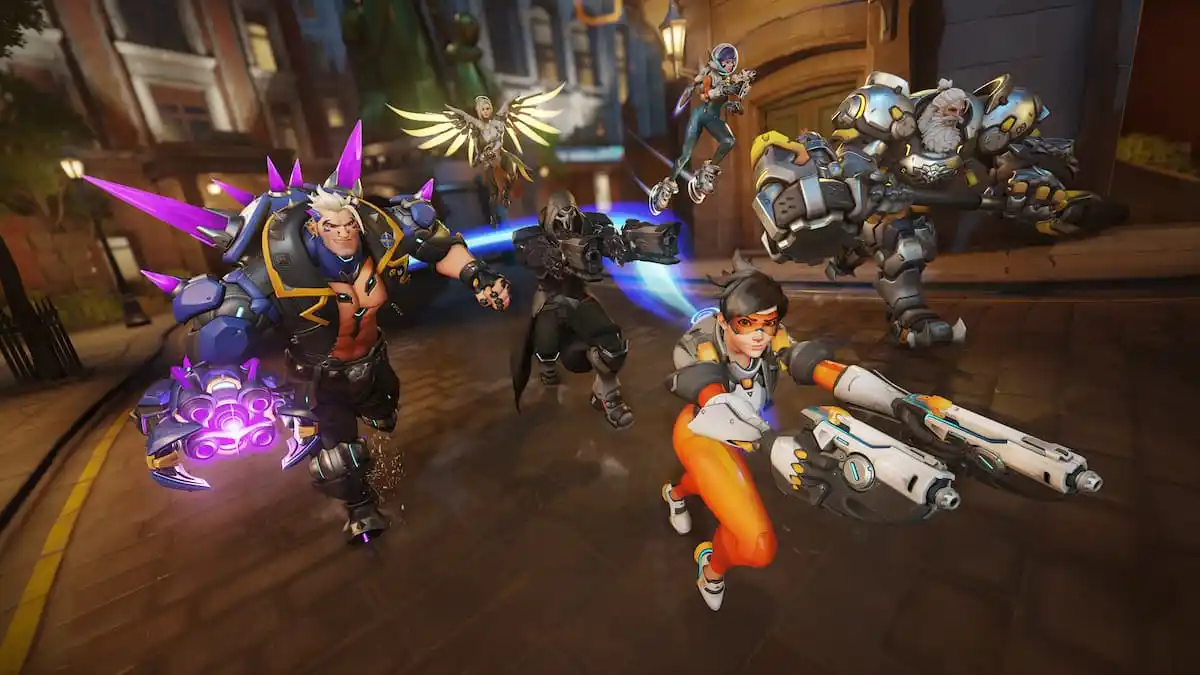
Now, how long will Intel take to get in on the frame gen action?
FidelityFX Super Resolution, AMD’s answer to Nvidia’s DLSS, has been around for a little over three years now and it’s been a real boon to all kinds of GPUs, including Nvidia’s GeForce models. The latest version, FSR 3.1, offers a shader-based upscaler and frame generation system but the tech world hyped on AI, AMD has decided it can’t ignore it any longer and has announced that the next iteration will be AI-based, for frame generation at least.
In an interview with Tom’s Hardware, AMD’s senior vice president Jack Huynh was talking about some of the frustrations about playing on handheld gaming PCs and that enjoying a high frame rate greatly limited how long you could game for.
“On the handheld side, my number one priority is battery life. If you look at the Asus ROG Ally or the Lenovo Legion Go, it’s just that the battery life is not there. I need multiple hours. I need to play [Black Myth] Wukong for three hours, not 60 minutes.”
He’s not wrong. Even with the huge battery in the ROG Ally X, I rarely get more than an hour of gaming in performance mode and while you don’t need to have the chip inside running at full speed for every game, you certainly do for anything new with high-end graphics. The solution, Huynh reckons, will be in the form of the next version of FideltyFX Super Resolution.
“This is where frame generation and interpolation [come in], so this is the FSR 4 that we’re adding. [W]e completely pivoted the team about 9-12 months ago to go AI-based. So now we’re going AI-based frame generation, frame interpolation, and the idea is increased efficiency to maximize battery life. And then we could lock the frames per second, maybe it’s 30 frames per second, or 35.”
That’s all that Huynh had to say about it all so we’re left with a whole bunch of things to ponder and speculate on. Let’s start with what seems to be the primary motive for making FSR 4 AI-based: improving battery life. Admirable but I rather hope that the use of AI also helps to solve FSR’s visual weaknesses (watch the video below).
Anyway, no current handheld gaming PC or Radeon-equipped laptop have any specific hardware in the GPU for accelerating neural network calculations, unlike Intel Arc and Nvidia RTX chips. But the new Ryzen AI 300 series does have an NPU (neural processing unit) that can do such workloads, all while using relatively little power.
So does that mean FSR 4 will require access to one or will it remain entirely shader-based, just like the current version? One doesn’t need matrix/tensor cores to handle AI algorithms, but offloading those tasks onto them frees up the standard ALUs for shader routines.
If FSR 4 does use an NPU or AMD’s next generation of GPUs, using the forthcoming RDNA 4 architecture, has a modicum of matrix units inside them, does this mean that FSR 4 will not be accessible to anyone with a different system? FSR’s strongest feature is the fact that it can be run on all kinds of GPUs: it just needs to support a certain level of compute shader support in Direct3D or Vulkan.
I’d be very surprised if AMD plans to abandon that approach which leads me to suspect that the AI nature of FSR 4 won’t be as reliant on hardware support as XeSS and DLSS are. That said, Intel does have two modes for its upscaler, one that’s open to all kinds of GPUs like FSR and another that’s exclusive to Arc GPUs, utilising the matrix units in the GPU.
(Image credit: Future)
Best handheld gaming PC: What’s the best travel buddy?
Steam Deck OLED review: Our verdict on Valve’s handheld.
Best Steam Deck accessories: Get decked out.
Steam Deck battery life: What’s the real battery life?
So here’s what I think: FSR 4 will still be shader-based for upscaling and will employ an AI-based system for frame generation that can potentially leverage all kinds of different hardware to accelerate the process (GPU, NPU, perhaps even a CPU).
It might be similar to its driver-based Fluid Motion Frames system that works with any RDNA 2 or newer GPU. In fact, it could even just be AFMF that then uses a neural network to clean up the interpolated frame, just like DLSS does for upscaling.
AMD has previously said that it plans to get AI upscaling rolled out on all its gaming devices at some point, so perhaps every aspect of FSR 4 will be 100% AI-powered. Right now, your guess is as good as mine.
We probably won’t hear any more about the next version of FSR until AMD is ready to talk about RDNA 4. So until then, let’s all just have fun guessing what it will actually be. Anyone fancy a bet on it being a combination of ChatGPT and Stable Diffusion? “Create an image like these two frames but one frame in the future.”






